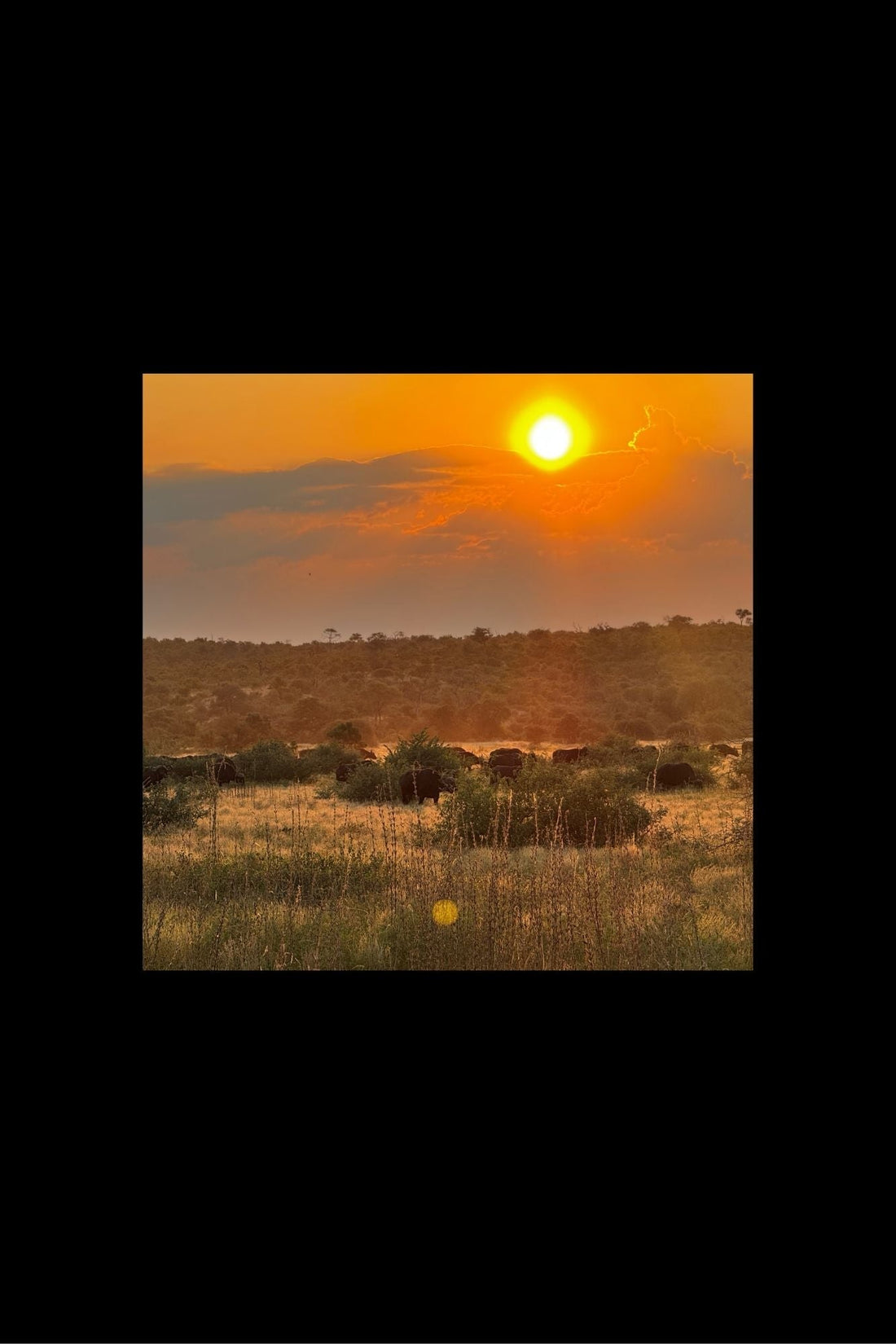
What makes Kruger the best wildlife park in Africa?
No surprise that the Kruger National Park is at the top of almost every traveler's African safari bucket list. Kruger is more than a park; it's a living, breathing bush on a scale difficult to imagine until you've trod its red soil and heard the scream of a lion ringing through the morning. It stretches over almost 20,000 square kilometers in the north-east corner of South Africa.
But what makes Kruger specifically stand out in a continent full of world-renowned reserves and wildlife sanctuaries? Let us discover why this iconic park is unique.
Biodiversity on an Epic Scale
One of Africa's most richly varied ranges of wildlife occurs in Kruger. The iconic Big Five — lion, leopard, elephant, rhino, and buffalo — roam these grounds, but the park itself is far greater than its most iconic inhabitants.
A haven for bird watchers, photographers, and nature enthusiasts alike, Kruger is a refuge for more than 500 species of birds, 147 mammals, and 114 species of reptiles. The range is so extensive that no two game drives offer the same experience, whether watching a cheetah stalk across the wide-open savannas or spotting shy nighttime residents in a night drive.

A Safari for Every Style
Two of Kruger's greatest attractions are its openness and versatility. Kruger has everything you need, no matter whether you're searching for a shoestring tour or doing the high life.
Freedom to drive: Drive-yourself travelers can have a heart-stopping and utterly personalized experience because the park's outstanding road system enables them to make their own journey.
Professional interpretation by a guide: Professional interpretation is available for those interested in professional interpretation through Kruger's expert tours, guided game drives, and bush walks that offer special insights into the environment, history, and conservation efforts.
From five-star private lodges to simple rest camps, Kruger has accommodation for first-time and veteran safari travelers.

Year-Round Wildlife Spectacle
While some safari locations are only open during certain seasons, Kruger offers amazing sights all year round.
Winter (May to September): During this dry season, wildlife gathers around waterholes and vegetation is thinner, making it easier to spot animals.
The park becomes a verdant haven throughout the summer months of October through April. As migratory species come, the number of birds soars, and there are many baby animals.
Nature always puts on a show, regardless of the time of year you come.

A Living Lesson in Conservation
With close to a century of history, Kruger is not just a place to see wildlife; it is a stronghold for conservation. Kruger, initially formed as the Sabie Game Reserve in 1898, was proclaimed South Africa's first national park in 1926, providing the template for the continent's wildlife preservation.
The park is of paramount importance today in the conservation of endangered species,
along with furthering ecology, anti-poaching, and human-wildlife relations research.
Beyond the Wildlife — Rich Cultural Heritage
Besides its pristine scenery and top-of-the-line wildlife safari experiences, Kruger is a treasure trove of archeological sites.
The park boasts more than 250 cultural heritage monuments known to man, including Iron Age settlements and San rock art.
By reminding yourself that this land has been occupied and prized for millennia, these bountiful human history assets give your safari depth.
